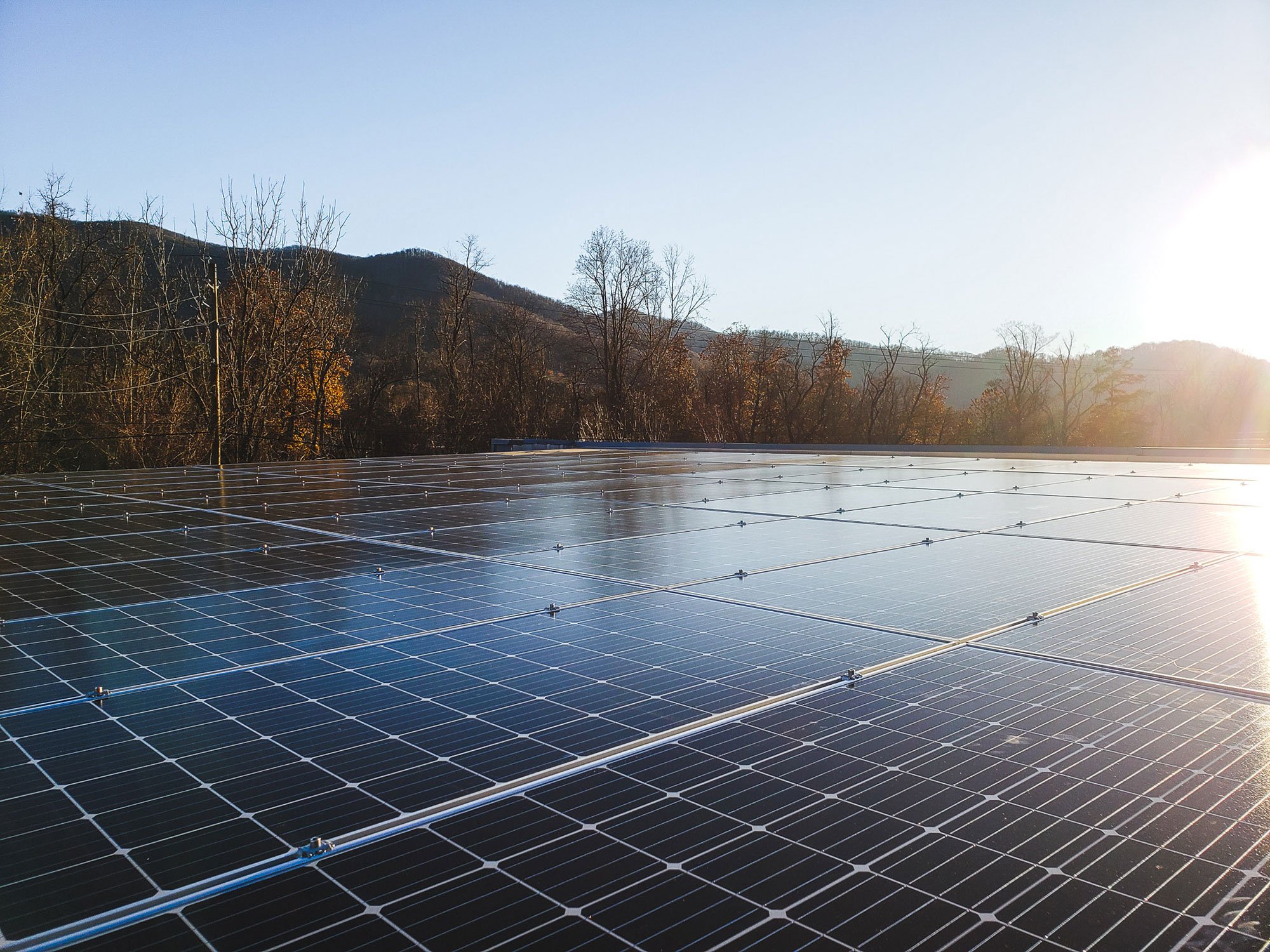Commercial Solar Panel Incentives
Looking for ways to minimize expenses during your transition to solar?
We firmly believe in the long-term benefits and ROI of solar energy for most businesses and nonprofits. However, we understand that cost can be a significant factor when considering the transition to clean energy. Fortunately, in addition to the financial options we'll discuss below, there's a continuous stream of new rebates, incentives, and discounts emerging for various types of businesses. These incentives can significantly ease the transition to clean energy by making it more cost-effective.
Below we’ll explore the latest available options, but for a comprehensive list of finance options and incentives tailored to your specific situation, we recommend reaching out to one of our dedicated solar experts today.
Section Styles all-sticky
Commercial Solar and Battery Backup Finance Options
At Sugar Hollow Solar, we're dedicated to providing comprehensive financing options, covering up to 100% of your system cost. As a trusted local company, we understand the importance of personalized support and expertise that is often overlooked by national companies. Our team is committed to guiding you through every step of the process, offering technical knowledge, tailored service, and a steadfast commitment to your satisfaction.
Section Styles rounded-corners
Local, Regional, and National Incentives
With the increasing awareness of environmental issues and the imperative to transition to sustainable energy sources, there is growing momentum for the introduction of additional incentives at both local and national levels from private and public places. We keep this up to date with current available incentives, so check back or reach out to stay up to date.
Rural Energy for America Program (REAP)
-
Who is eligible:
Rural businesses and agricultural producers in the United States that meet eligibility requirements.
-
What is it:
REAP, a grant and loan guarantee program from the USDA, provides financial assistance for renewable energy projects. Eligible applicants can receive a grant covering 50% of the cost to go solar, while loan guarantees are available on loans up to 75% of the project cost.
-
Why it helps:
REAP offers significant financial support for rural businesses and agricultural producers, facilitating their transition to renewable energy. By covering a portion of the upfront costs through grants and loan guarantees, REAP makes solar energy more accessible and affordable, contributing to sustainability efforts and potentially lowering operating costs in the long run.
Section Styles rounded-corners
Tax Incentives
Amidst the growing urgency to find alternatives addressing challenges posed by the aging utility grid and diminishing fossil fuel reserves, federal incentives, benefits, and credits are assisting individuals in accessing affordable clean energy solutions.
How Do Solar Tax Credits Work?
Tax credits can dramatically reduce the total upfront cost and payback period of a solar system and are currently some of the best incentives out there.
A tax credit is even better than a tax deduction.
You don’t subtract it from your income—you subtract it from the amount of taxes you owe. Every dollar of tax credit is a dollar you don’t pay in taxes, making solar even more financially advantageous.
Federal Tax Credit (Investment Tax Credit or ITC)
-
Who is eligible:
All USA Commercial (For-Profit and Nonprofit) and Residential property owners who install solar systems.
-
What is it:
You can get 30 percent of the cost of installing a solar energy system back as a federal tax credit and can choose to take it all in one year or spread it out. This credit remains in effect until 2032. **Nonprofits are eligible for the ITC through a Direct Pay Provision.
-
Why it helps:
Amid rising electricity and home energy costs across the country, the Inflation Reduction Act makes installing solar panels and storage batteries a more attractive investment for many homeowners than it was even a couple of years ago.
Modified Accelerated Cost Recovery System (MACRS)
-
Who is eligible:
All For-Profit Businesses investing in renewable energy systems in the United States.
-
What is it:
MACRS is the tax depreciation system used in the U.S. In other words, MACRS depreciation is the system used to calculate your business's tax deductions based on the depreciation of your tangible (depreciable) assets. MACRS allows a solar energy system to be depreciated over 5 years and can help to cover up to 25% of the cost of solar.
-
Why it helps:
MACRS enables businesses to recover the costs of their renewable energy investments more quickly, reducing tax liability and improving cash flow. This makes it easier to invest in renewable energy technologies, contributing to sustainability efforts and potentially lowering operating costs in the long run.

Section Styles gradient-overlay-navy
For an additional source of information on incentives and policies that support renewable energy and energy efficiency in the United States see the NC Green Energy Technology Center’s programs.
Curious about what else is out there to help you transition to clean energy?
The bottom line is, that when it comes to incentives for going solar, now is always the best time to make the transition. Incentives and rebates are generally decreasing, not the other way, and when you can start saving money now, why wait?
Electricity costs have also been increasing rapidly, as utilities have to build new infrastructure to meet the demand caused by electric vehicles, the movement toward whole-home electrification, and more.
Section Styles rounded-corners
STILL HAVE QUESTIONS?






